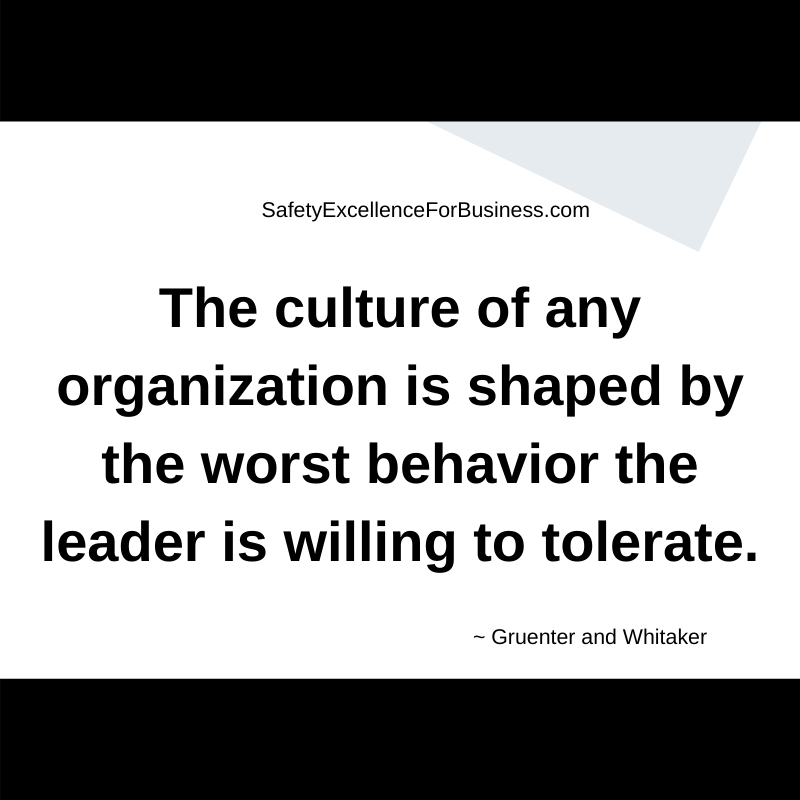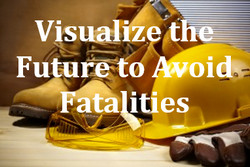Avoiding the losses and waste means that our businesses are more competitive and healthy. How much do you suppose an OSHA lost time injury costs the business?
 The pain and suffering is miserable.
The pain and suffering is miserable.- There is the direct cost of the doctors, hospitals, medications, etc.
- We lose time
- having to investigate the injury and incident.,
- writing reports,
- having an OSHA investigation,
- perhaps the cost of challenging OSHA’s findings,
- legal costs for the company attorneys,
- preparing for a potential law suit,
- the cost of lost production time,
- the cost of bringing someone and train them to replace the injured person,
- the cost of lost sales,
- the cost of bad publicity,
- the cost of lower morale among the people,
- and so on.
When the safety gets right, everything else gets right as well. In this more positive culture, not only does the waste of injuries and incidents go away, people shift the way that they chose to work together resulting in other improvements like:
- fewer arguments,
- fewer grievances,
- better meetings,
- fewer meetings,
- more suggestions for improving our systems and processes,
- people taking the lead in helping to fix something that is not right,
- new ideas for better customer service emerge,
- lean manufacturing works better,
- the quality of products and services get better,
- absenteeism drops, and
- people can work together to build a better future.
Cultural improvement: bullying, harassment and dysfunction decrease.
When the safety performance and culture get better, the organization thrives.
These are things that each organization can work on right now. In Partner-Centered Leadership, Richard N. Knowles & Associates can help organizations to achieve all these things. This does not require investment.
- Get clear on your thinking and purpose.
- Go into your organization talking with and listening to the people.
- Help them to build on their ideas.
- Let them know how important they are to the success of the business.
- Do this with respect and honesty.
Change is happening all the time!
 Changes are coming fast and furious. Everything seems to be changing all around us. This can cause unsettling feelings and a loss of control. However, in the middle of all this change, one area that can be steady for us is our relationships with each other.
Changes are coming fast and furious. Everything seems to be changing all around us. This can cause unsettling feelings and a loss of control. However, in the middle of all this change, one area that can be steady for us is our relationships with each other.
If we have a good agreement about how we are going to work together including things like respect, listening, helping, learning together, these can provide us the stability we need.
These are like the pole in a subway car. With everything around us bouncing and moving, holding the pole provides the stability we need.
We can treat each other with respect,no matter what is happening in the world around us; this is within our control.
 In my reading, studying and talking with many people, I have found that over half of the fatal accidents are often unanticipated and missed using our traditional approaches to accident prevention. The Heinrich Accident Triangle is very useful as we look at unsafe acts at the base of the triangle. Lots of slips, trips and falls are avoided as we do this.
In my reading, studying and talking with many people, I have found that over half of the fatal accidents are often unanticipated and missed using our traditional approaches to accident prevention. The Heinrich Accident Triangle is very useful as we look at unsafe acts at the base of the triangle. Lots of slips, trips and falls are avoided as we do this.




